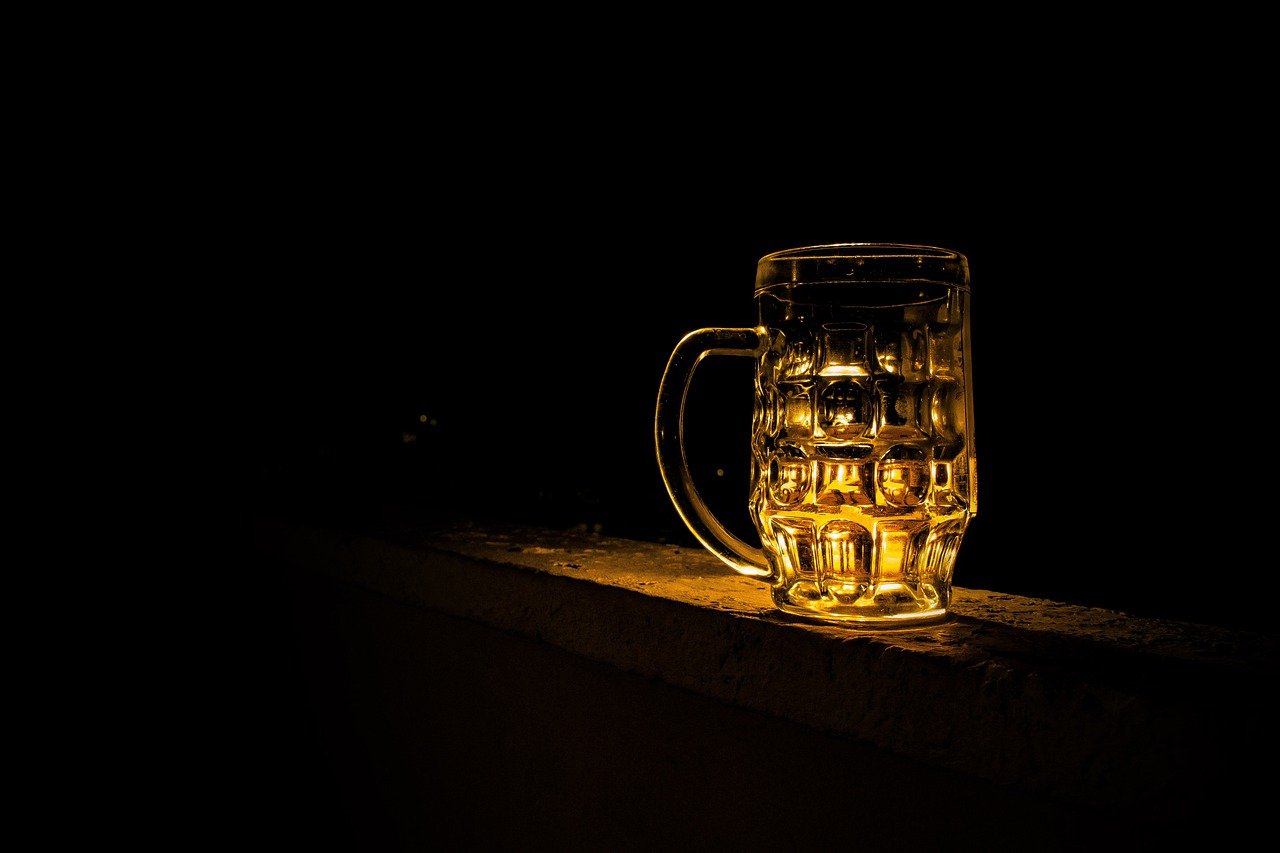Drinking Alone as a Teenager Is Linked to Later Alcoholism
Taking time to sit alone with your thoughts and having a drink or two along the way may seem a normal harmless pastime. But according to a new study presented by Carnegie Mellon University, solitary alcohol drinking is a hazardous practice you’d better avoid.
Solitary alcohol consumption during the teen years and adolescence substantially rises a drinker’s chance for alcohol use disorder (AUD) in the mid-30-s. This is an important finding for those involved in primary prevention programs, especially in Pennsylvania. The SAMHSA rates the Keystone State as the 16th heaviest-drinking one. And if someone is already struggling with AUD, specialized Pennsylvania alcohol rehabs staffed with addiction care practitioners can do a lot to help.
Drinking Rates in Pennsylvania
Let’s first check some figures on substance use in the state of PA:
- 60% of adult Pennsylvanians consume alcohol, and 29% of them are binge drinkers (4 drinks for women and 5 drinks for men on a single occasion);
- 5% of people aged 18+ binge drink at least once a month;
- 4% of adults meet the criteria for AUD.
Drug use statistics are also disturbing. In the last year, 293,000 Pennsylvanians had a drug use disorder. The state ranks third on the list of opioid overdose rates in the U.S.
Youth throughout the state also struggle with their substance abuse. Some of the best drug rehab centers in Pennsylvania specifically cater to teenagers and adolescents.
The U.S. Department of Health and Human Services provided data on adolescent substance abuse across the country. Here’re some figures:
- 31% of Pennsylvania high schoolers drank at least one time in the previous month;
- 13% of students binge drank at least one time in the previous month;
- 33% have smoked marijuana;
- almost 3% of teenagers (aged 12-17) had Illicit Drug Use Disorder in the past year;
- 6% of teens of the same age had AUD in the past year.
If someone you know has crossed the line between so-called experimenting with alcohol or drugs in their teenage years and becoming dependent on them, it’s best to seek professional help at the best rehabs in Pennsylvania.
Addictions Start Early
When we think about drinking alone, we imagine someone having a beer after a long working day/week. Curiously, the habit of drinking alone often appears during adolescent years. Teenagers are prone to do that as a means of dealing with the psychological challenges of puberty. Binge drinking is also typical for adolescence.
According to the CDC’s survey, almost 90 percent of adults who smoke every day first tried smoking by age 18. People are 7 times more likely to become addicted if they try drugs before age 21.
A 17-Year Study of over 4,500 People
So, let’s proceed to the study (you can find the release here). Kasey Creswell from Carnegie Mellon University (Pittsburgh, PA) and her colleagues Megan Patrick and Yvonne Terry-McElrath from the University of Michigan (Ann Arbor, MI) teamed up to research an interesting topic.
A principal investigator Kasey Creswell commented that teenagers are often screened for the levels of alcohol use, mainly for the amounts and frequency of consumption. But they often overlook some social contexts, especially solitary drinking as a red flag for future abuse. So, the researchers decided to close the gap.
The study gathered about 4,500 samples of adolescents that lived in the United States. The samples were taken from the Monitoring the Future study (a long-term epidemiological study that surveyed trends in substance use among the nation’s secondary school students, college students, and young adults).
The respondents filled in the questionnaire on their alcohol consumption patterns, including drinking alone. They first filled out the surveys at the age of 18. Additional information was collected when the respondents were 22-23 years old. At 35, they took the last survey. Thus, it took as long as 17 years to complete the study.
Drinking Alone Boosts a Risk of AUD by a Third
Data analysis of the large-scale surveys revealed the following. 25% of teenagers and 40% of 20s adults reported consuming a drink or two on their own. In comparison to strictly social drinkers, the former showed a 35% higher chance of developing AUD, and the latter – a 60% chance.
Professor Cresswell didn’t expect such a “magnitude of the association”, and added that solitary drinkers create a serious premise for future alcohol abuse.
Female Teens Even at a Higher Risk for AUD
The study revealed that female adolescents that preferred having a solitary drink were more likely to experience alcohol problems in the future. Professor Creswell finds it concerning given the rising rates of solitary drinking among American adolescent females.
The extent of women’s binge drinking has recently got widespread media attention. Historically, more men drank alcohol than women. But several studies claim that younger women are catching up to or even out-drink men. This trend is truly troubling as women are at greater risk for blackouts, liver disease, cardiovascular diseases, and some types of alcohol-related cancer.
So, researchers suggest taking targeted preventive measures, especially for females. Young people should know the consequences of solitary alcohol consumption. Youth should be taught to deal with psychological issues in healthy ways. It is crucial during the COVID-19 pandemic. Many started to utilize alcohol and other substances as a means to cope while staying in isolation.
As for those who already demonstrate problematic alcohol use, the best rehab centers in Pennsylvania will be the right choice. How can you persuade someone to seek help?
Experts advise to avoid sounding judgmental. Just point out their specific worrying behavior and explain how it makes you feel. Ask them to visit a qualified professional in one of the best drug rehabs in Pennsylvania and get a health assessment. Mention that you’ll accept it if the doctor sees no signs of problematic alcohol consumption.

